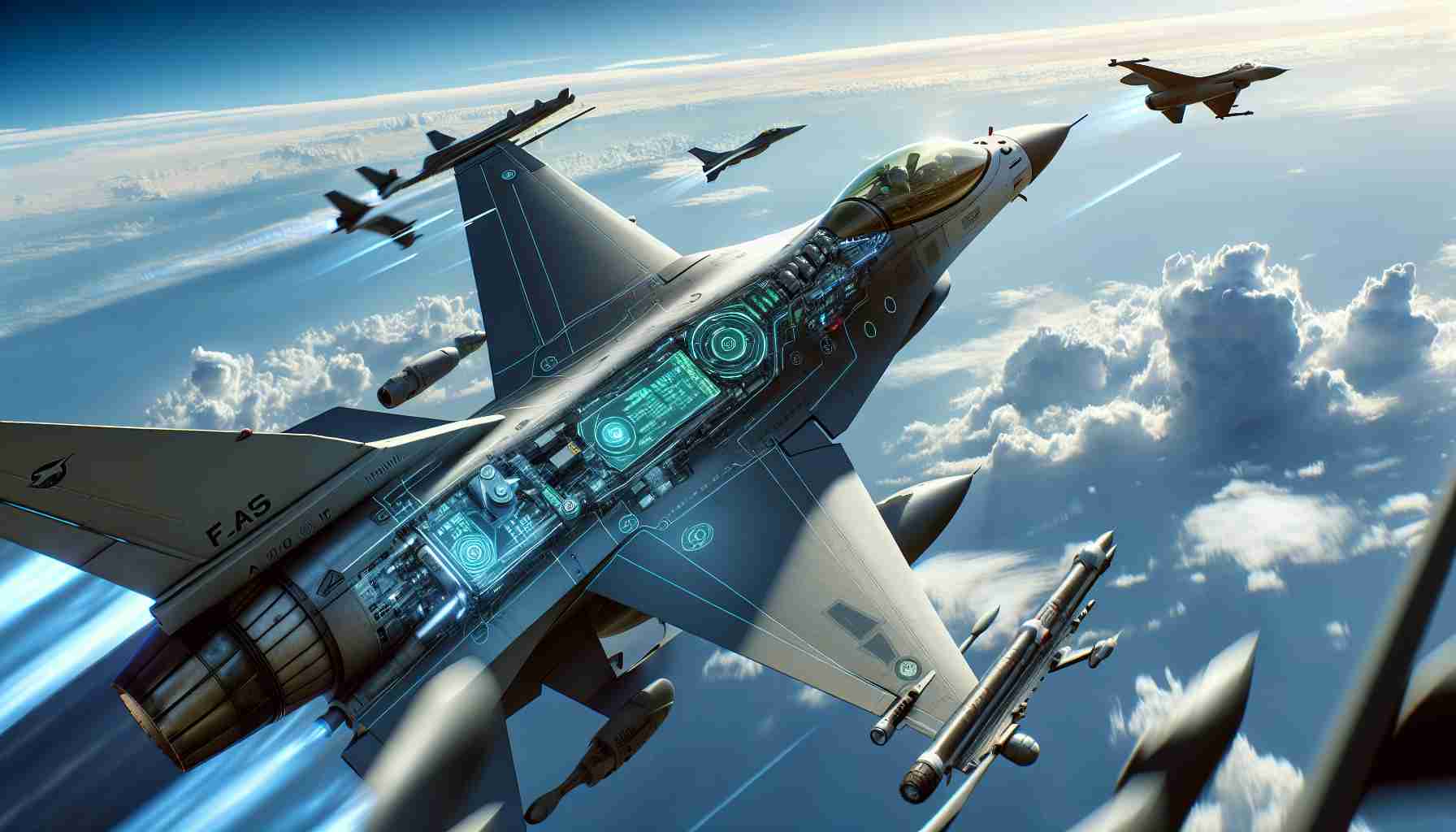A historic achievement in aviation technology was marked as an artificial intelligence (AI)-piloted F16, named X62 Vista, soared through the skies in an aerial contest against a human-piloted F16. The United States Defense officials hailed the event as a breakthrough that could potentially reshape the future of military aviation. Although this groundbreaking test occurred in 2023, it was only recently publicized by US officials.
The specially modified X62 Vista became the world’s first AI-controlled aircraft to engage in an air-to-air skirmish with a human pilot at the helm of its opponent aircraft. This event crowned several years of intense AI testing and virtual simulation, crucial for training the AI system to autonomously perform complex combat maneuvers while simultaneously building human trust in the reliability of electronic systems in dynamic combat scenarios.
The trial flights were conducted at the US Air Force’s Pilot School. In simulations, the AI demonstrated superiority over human pilots by executing unregulated aggressive maneuvers which would not be permissible in reality. However, during the actual flight test, no winner was declared, as the intent was not to prove the machine’s dominance over human capability but to test cooperation between man and machine.
The overarching mission of the project aims to harmonize human and computer efforts within aviation. The Pentagon views the successful test as a pivotal moment in the evolution of unmanned aircraft systems. Currently, various American enterprises are developing advanced drones to function as wingmen and assistants alongside manned aircraft, indicating a future where AI and human pilots work in tandem for enhanced operational effectiveness.
Visual documentation of this aviation milestone was captured in a video by the Department of Defense, showcasing a glimpse of the potential future of aerial warfare.
The rise of autonomous aircraft technology: AI’s integration into military aviation is a part of the broader trend towards automation and autonomous systems in both civilian and military sectors. Autonomous vehicles, including drones and self-piloting aircraft, are becoming increasingly common. Companies such as Boeing and Lockheed Martin are actively developing AI-piloted and autonomous systems for various types of aircraft.
Important questions and key challenges: One of the most critical issues regarding AI in combat scenarios is the ethical implications of allowing autonomous systems to make life-and-death decisions. There is also the concern of hackers potentially taking control of autonomous systems, making cybersecurity a priority. The challenges lie in creating AI systems that can operate reliably under the stress and unpredictability of real-world conditions and in ensuring that AI can make decisions that align with human values and rules of engagement.
Advantages of AI-piloted aircraft: AI-piloted aircraft can react faster than humans and can execute maneuvers beyond human physiological limits. They can also operate in environments that are dangerous or unsuitable for human pilots. AI systems do not tire, allowing for longer missions without the need for breaks or rest.
Disadvantages of AI-piloted aircraft: AI systems may lack the nuanced judgment and adaptability of human pilots, especially in complex or ambiguous situations. There is also the risk of failures in the system that could lead to unintended consequences, as well as the previously mentioned ethical and security concerns.
Related links: You may want to visit the main domains of prominent entities and federal departments involved in military technology and defense, such as:
– U.S. Department of Defense
– United States Air Force
– Boeing
– Lockheed Martin
All domains listed above are regularly checked for validity and contain up-to-date information about defense and aviation technology advancements.
The source of the article is from the blog anexartiti.gr

